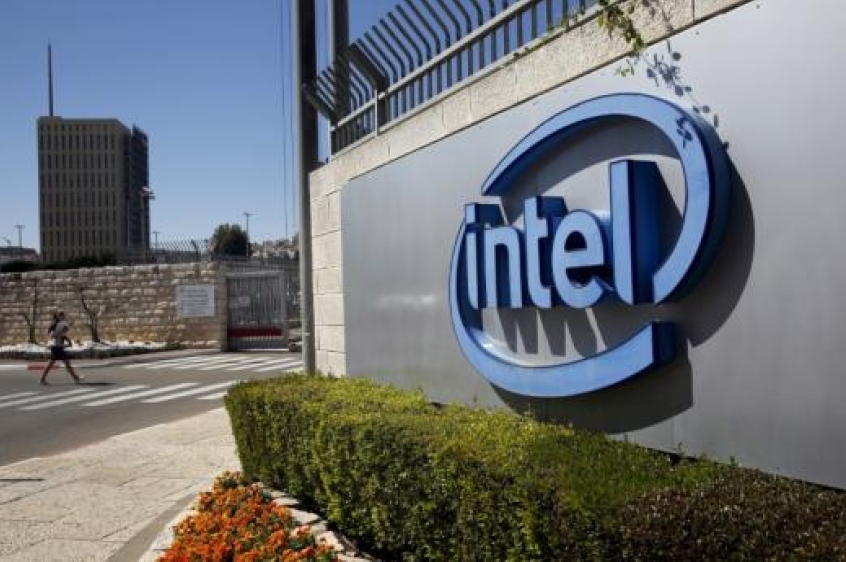
The latest Intel Kaby Lake chips have already arrived on notebooks, and the desktop version is scheduled to be released in early 2017. Last week, Intel sent out a "Product Change Notification" that contains details about the upcoming product.
The PCN is a PDF file directed towards pre-testing partners that will receive sample processors starting Nov. 4. The company also informed the intended parties that the Kaby Lake-S chips that they are about to receive will be coming from Vietnam. The document also explained the additional information that their partners could expect when the sample chips arrive.
The document also stated that there will be one Xeon E3 v6 processor, three Core i7 SKUs, and seven Core i5 CPUs as well. The Xeon processor is a workstation chip that will have 3.0 GHz speed. The high-end model, Core i7-7700K, will come with a base clock of 4.2 GHz, 4 cores, and 8 threads. An i7-7700 and i7-7700T are also listed and comes with clock speeds of 3.6 GHz and 2.9 GHz. WCCFTech added that the three Core i7 will be priced at $349 and $309, respectively. No price information is available for the third model. Additionally, the chip also contains 8 MB of L3 Cache.
Next on the list are several Core i5s, from 7600K to 7400T. They all contain 4 Cores and 4 Threads, 6 MB L3 Cache, and from 35 to 95 watts TDP, depending on the variant. Its price starts at $189 and $239 for the highest class.
Anand Tech added that all the Kaby Lake-S processors will have a 100-300 MHz base frequency and will use the B0 stepping on its core. It will still use the 14 nm FinFET manufacturing process, similar to its predecessor, so there is really not much increase in performance, but it will allow for a quicker shift in terms of CPU frequency adjustment. Intel has added the Speed Shift v2 technology on its seventh-generation processor chip. It now has a value of 10 ms compared to 30 ms of the previous generation.













